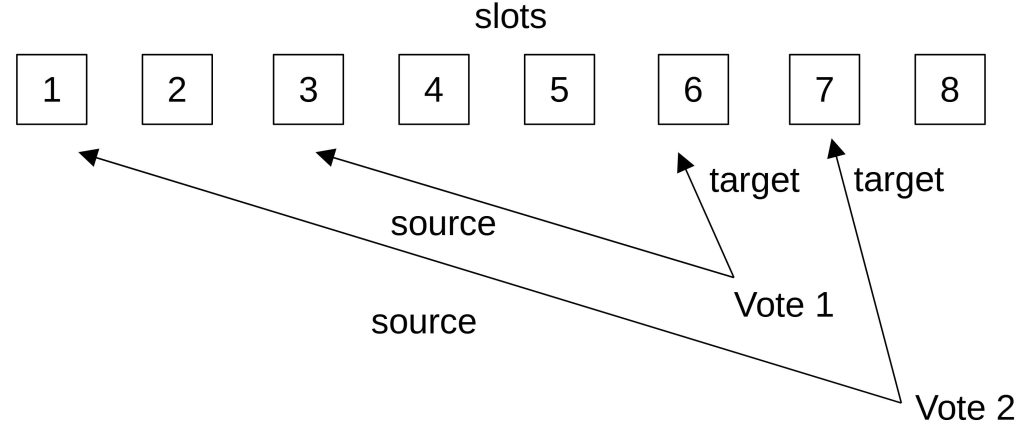Staking in Ethereum 2.0
Last Updated on 8. August 2023 by Mario Oettler
Staking means locking a certain amount of ETH into a smart contract. In return, the staker has the right to join the pool of validators. The necessary staking mount is 32 ETH. If a staker has more than 32 ETH, they can control more than one validator. But for each validator, 32 ETH are necessary.
So, if a staker has 100 ETH, he can control 3 validators since 3*32=96. The remaining 4 ETH are not sufficient for another validator.
Rewards
In Ethereum 2.0, validators get a reward for their work in two ways:
- Attestors: If attestors attest to a block (LMD GHOST and FFG vote) in a timely manner (see attestation delay) they receive a reward.
- Proposers: Proposers receive transaction fees and block rewards for every block. They also receive a reward if the include attestations and slashing evidence in their block.
Penalties
To function properly, validators need to be incentivized to honestly and reliably contribute to the network.
There are four main concerns:
- Validators could attest to conflicting valid blocks or propose conflicting blocks (nothing at stake or costless simulation).
- Validators could attest to blocks that do not get finalized.
- Proposers could propose invalid blocks.
- Validators could stop attesting any block.
For these improper behaviors, different penalties are implemented.
If a validator does a really bad job by attesting to blocks that do not get finalized or is offline for a long time, it loses ¾ of the reward a validator could get for a proper job.
Validator leak
If too many validators are offline for too long and finality is not reached since four epochs (due to missing attestations), the inactivity leak kicks in. This means that the stake of the inactive (offline) validators gets reduced. The reduction increases quadratically over time until the deposit is totally destroyed.
The purpose of this inactivity leak is to deal with a situation where many validators fail to attest to blocks. This would stop finalization since their staking share is missing. But after the inactivity leak, the funds of the inactive validators are much smaller, and their share in the validator pool drops below 1/3. So, the remaining validators gain a supermajority of 2/3 and blocks get finalized again.
Slashable Offences
There are four situations where the stake of the validator gets slashed.
- Proposing conflicting blocks
- Attesting to conflicting blocks:
- by two or more LMD GHOST votes for different beacon chain heads,
- by two or more FFG votes for different targets in the same epoch,
- by a surround vote. Here, one FFG vote surrounds another FFG vote.

Penalties reduce the stake of each validator. If the stake of a validator sinks below 16 ETH, the validator is excluded from the consensus mechanism. This is also the case if the validator receives a slashable penalty.

 Register
Register Sign in
Sign in